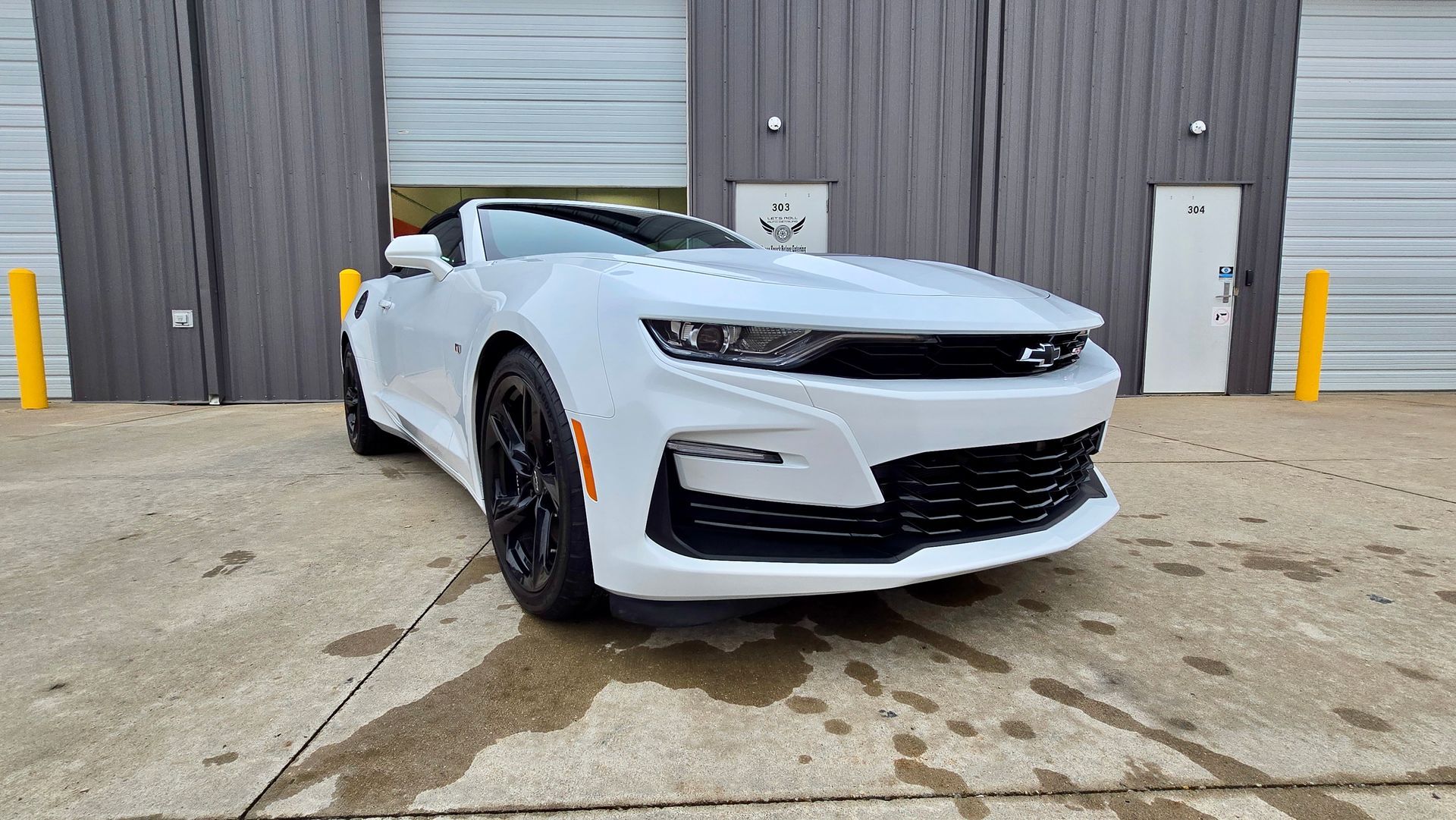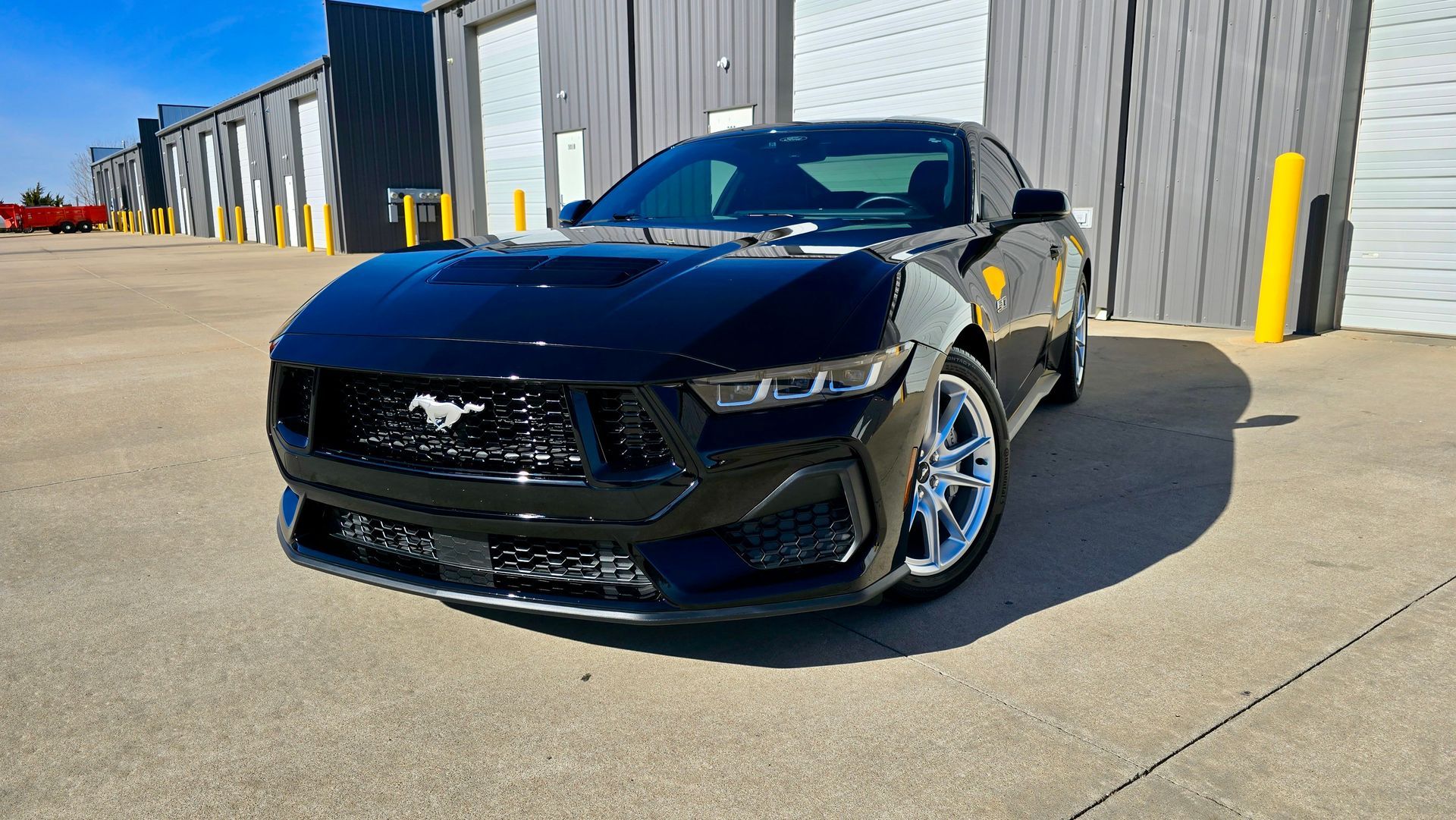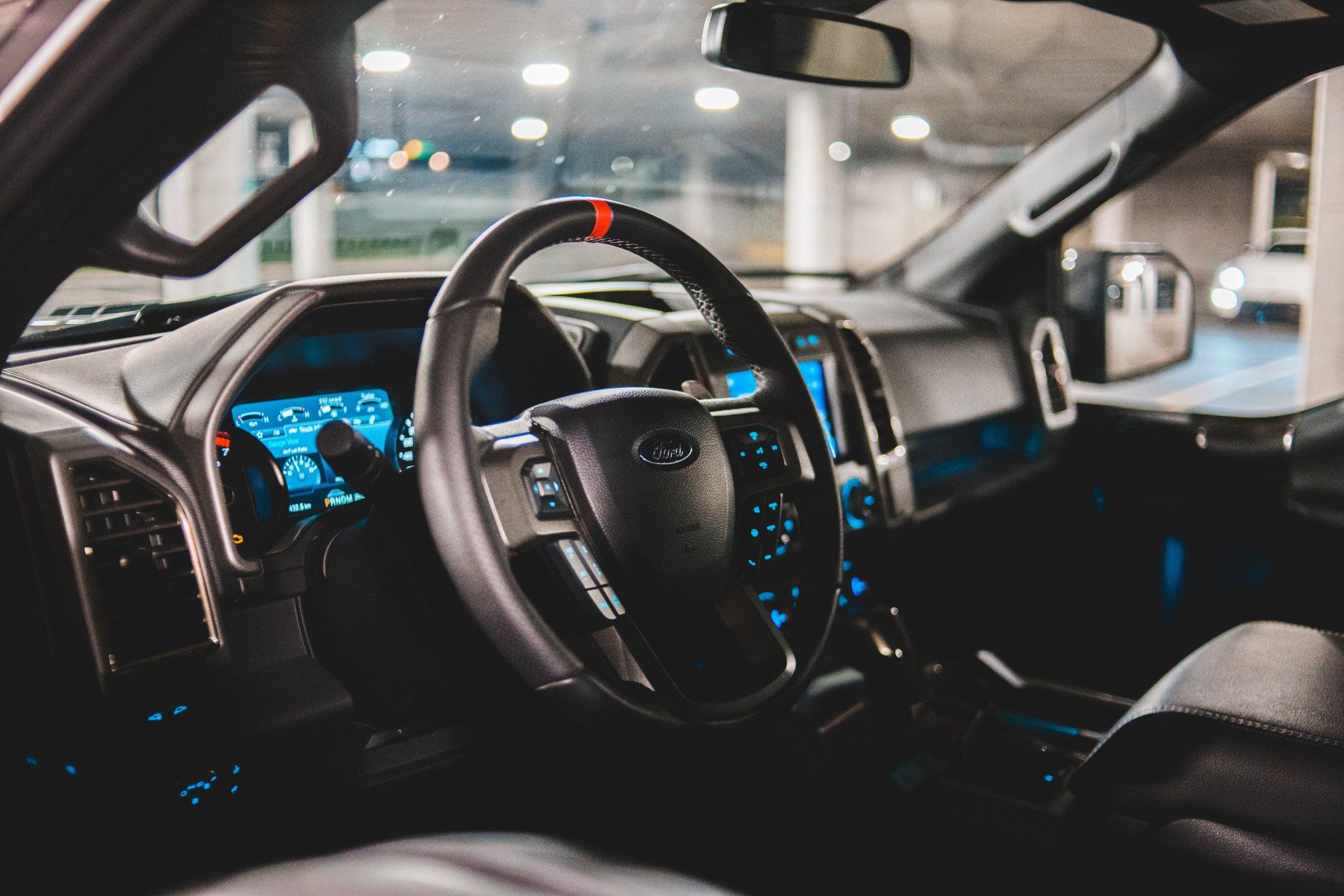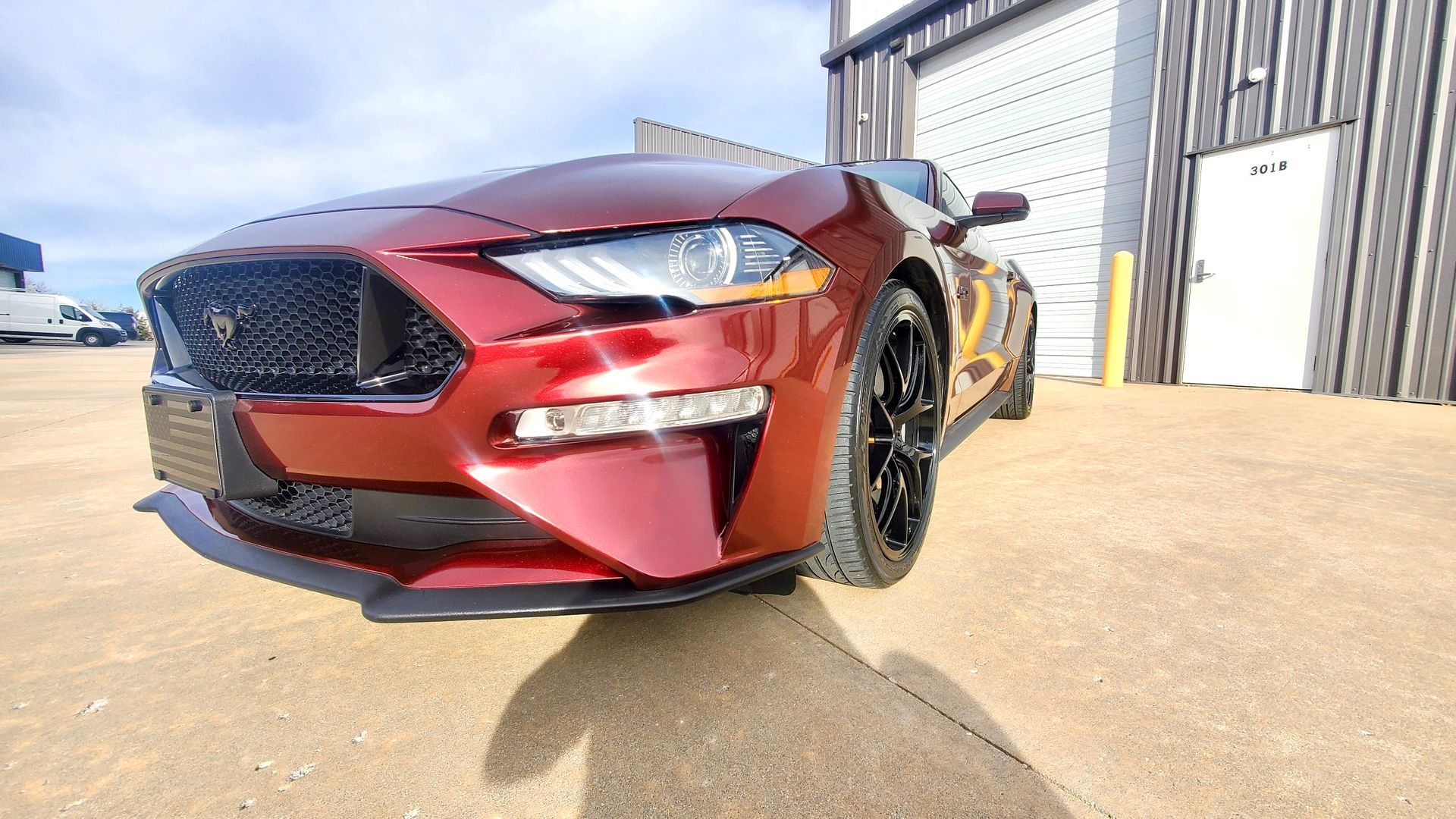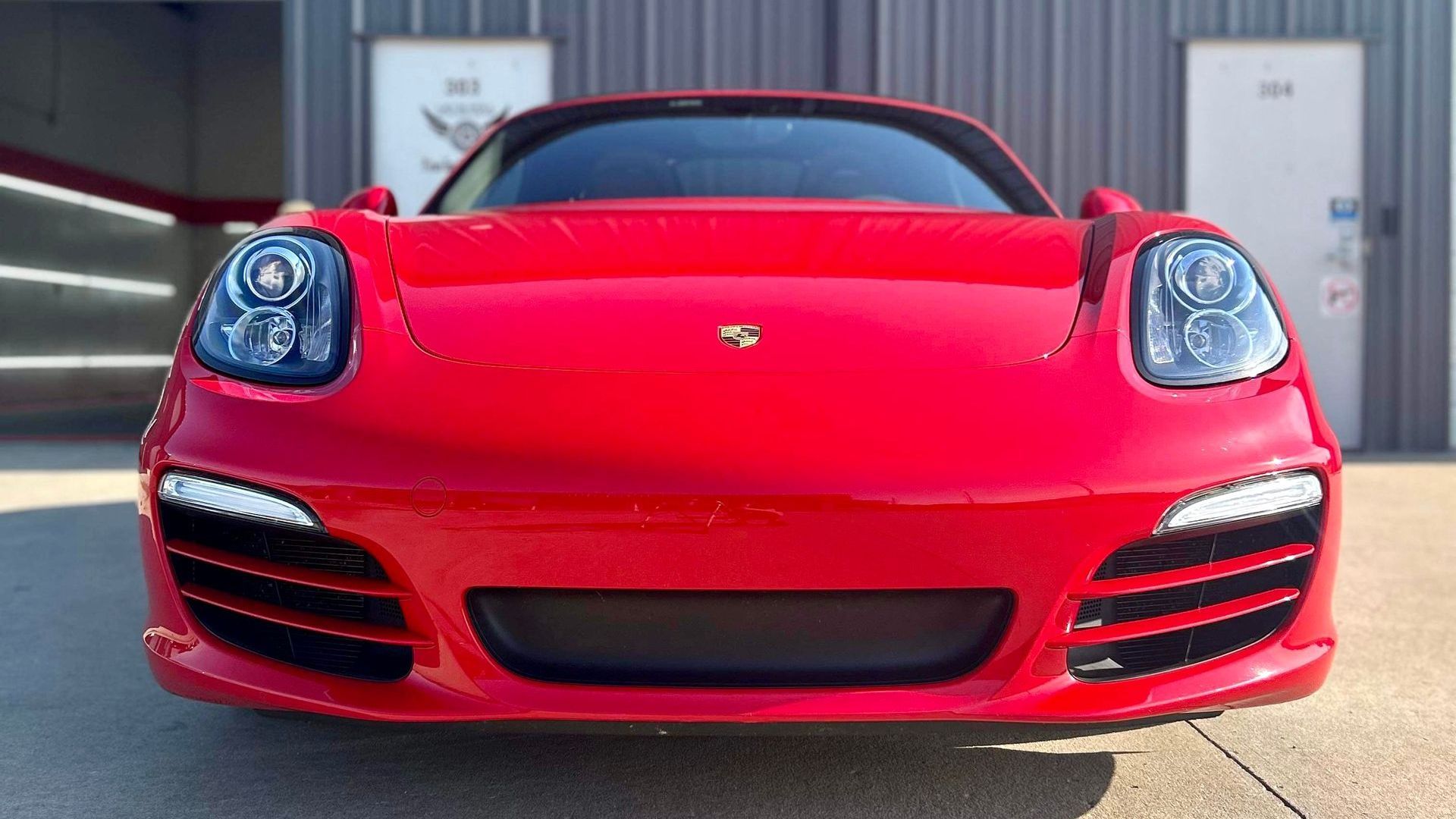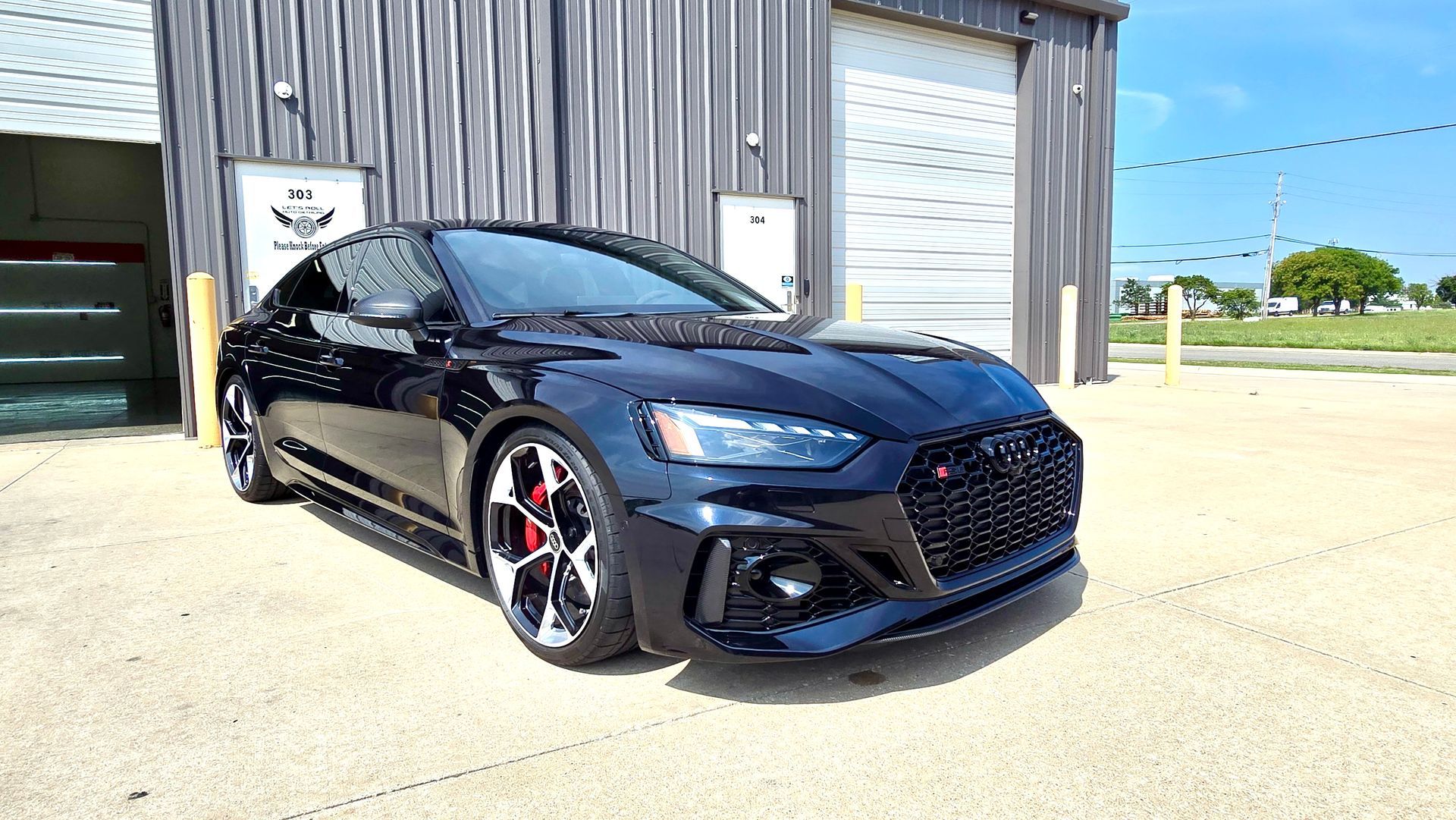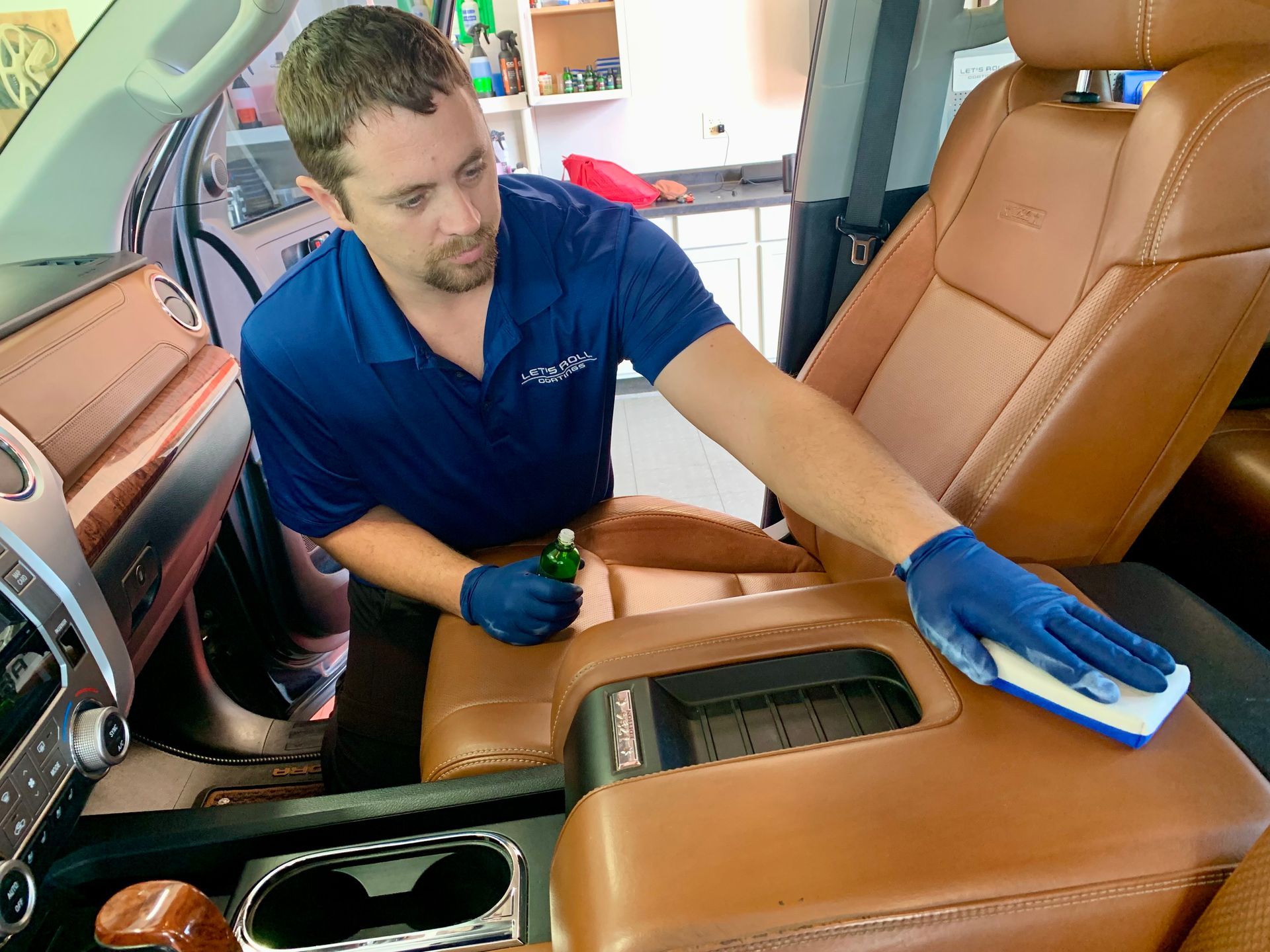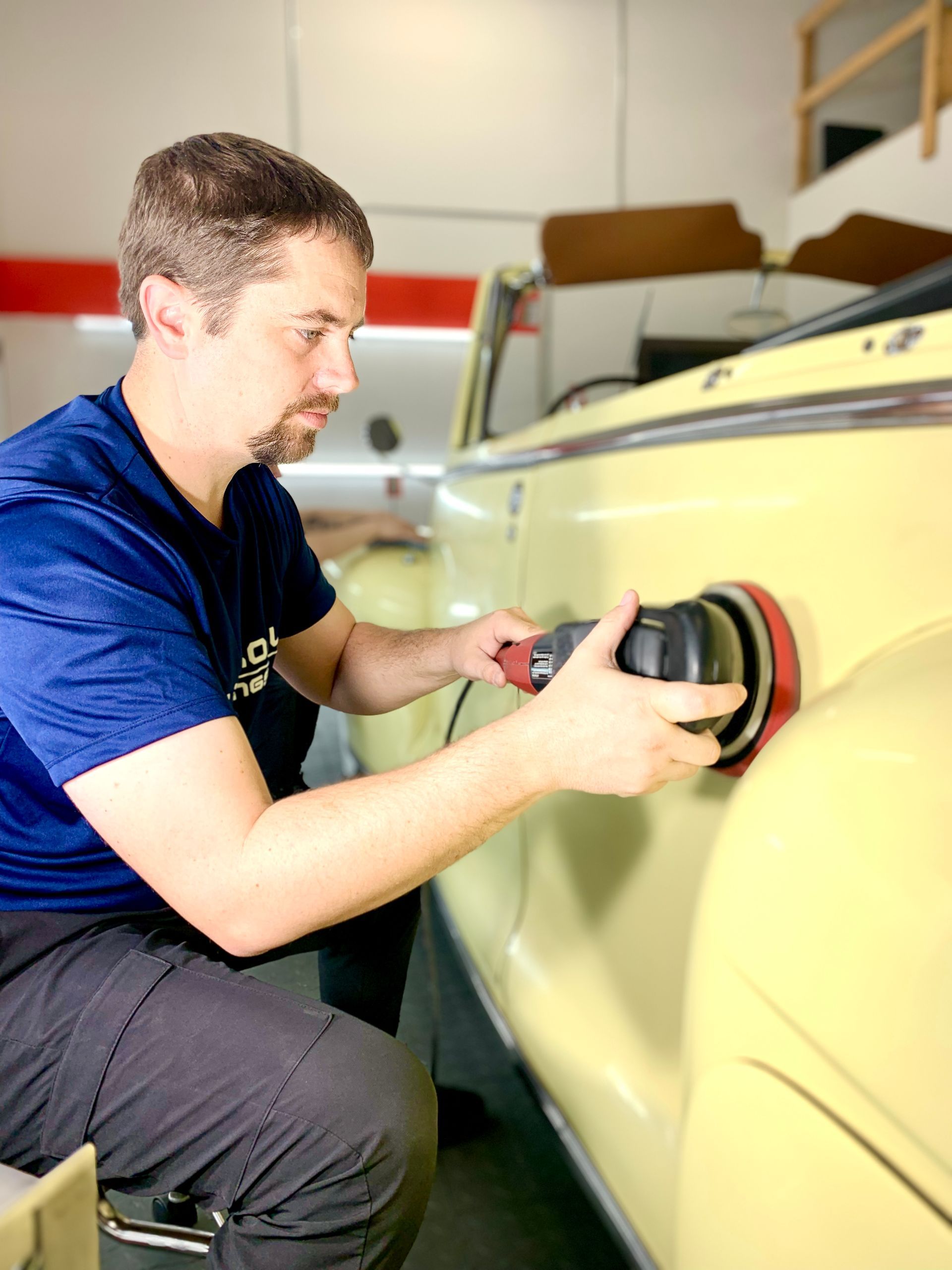What Destroys Ceramic Coating? Causes, Damage, and Protection Tips
Ceramic coating has become one of the most popular ways for drivers in Wichita, KS to protect their vehicle’s paint, enhance shine, and reduce long-term maintenance needs. When applied correctly and cared for consistently, ceramic coatings can provide years of durable protection. However, many vehicle owners assume that once a coating is applied, it becomes bulletproof. The reality is that ceramic coatings are strong, but not invincible. They require proper upkeep, gentle washing habits, and awareness of the environmental and chemical threats that can gradually break them down. Understanding what harms ceramic coatings and how to prevent damage is essential to preserving your vehicle's glossy finish, hydrophobic performance, and long-term value.
How Ceramic Coating Works
Ceramic coating is a liquid polymer that chemically bonds to your vehicle’s clear coat, forming a thin but highly durable protective layer. This layer typically measures just one to three microns in thickness, but it strengthens the surface dramatically by providing resistance to contaminants, UV rays, and environmental pollutants.
One of the most recognizable benefits of ceramic coating is its hydrophobic behavior. When water hits a coated surface, it beads and rolls away instead of clinging. This makes washing easier and helps reduce water spots and grime buildup. Ceramic coatings also provide a harder surface than traditional wax or sealants, giving the paint improved resistance to micro-scratches and swirl marks caused by improper washing.
Despite its advanced protective qualities, ceramic coating is not a permanent solution. It relies heavily on proper care to maintain performance. Exposure to harsh chemicals, abrasive cleaning tools, or neglected contaminants can weaken the coating over time. Even sunlight plays a role in this natural gradual breakdown. While ceramic coatings offer superior protection compared to waxes, they still need regular maintenance to stay in top condition.
Harsh Chemicals and Cleaning Mistakes
One of the fastest ways to damage a ceramic coating is by using the wrong cleaning products or tools. Many household soaps, including dish detergents, contain strong degreasing agents meant to cut through oils and grime. While that may work well in a kitchen, these detergents are far too aggressive for ceramic coatings. They can compromise the protective layer and diminish its hydrophobic effectiveness.
Industrial-strength cleaners or alkaline products create an even bigger risk. These formulas are designed to strip dirt aggressively but can also erode the coating’s surface. Over time, repeated exposure to harsh chemicals results in dulling, reduced gloss, and an uneven finish that is difficult to restore without professional help.
Cleaning tools matter just as much as cleaning products. Abrasive brushes, low-quality sponges, and rough towels create micro-scratches across the coated surface. These tiny scratches may not be visible at first, but they accumulate over months of improper washing. As these scratches build up, they weaken the coating’s uniformity, reduce gloss, and give contaminants an easier place to stick.
Automated car washes, especially those with rotating bristle brushes, are also damaging. The brushes used in these systems often contain embedded dirt or debris from previous vehicles. When those contaminants drag across your coated surface, they create swirl marks and slowly erode the coating. Even touch-free car washes can be problematic if they use high-pH chemicals strong enough to break down protective layers.
To preserve ceramic coating, hand washing using pH-neutral products is always the safest method. Microfiber wash mitts, soft drying towels, and the two-bucket wash method help prevent swirl marks and contamination transfer. Rinsing thoroughly is also essential, as leftover soap residue can cause etching or surface dullness.
UV Rays and Environmental Damage
Environmental factors in Wichita, KS play a major role in the lifespan of ceramic coatings. UV rays, for example, are one of the biggest natural threats. Constant exposure to sunlight weakens the chemical bonds in the coating, slowly reducing gloss and hydrophobic performance. Vehicles parked outdoors daily, especially during Kansas summers, face accelerated wear.
UV damage is gradual but inevitable without preventive care. Fading, discoloration, and dullness are all signs that a coating has suffered prolonged sun exposure. Although ceramic coatings provide strong UV resistance, no product can completely eliminate the effects of the sun over years of exposure.
Acid rain and airborne pollutants also pose a threat. In urban areas or regions with industrial activity, contaminants in the air combine with moisture to create highly corrosive deposits. When acid rain lands on a coated surface and is not removed promptly, it can etch into the coating’s top layer. This creates small imperfections that dull the finish and weaken the coating’s protective properties.
Bird droppings, tree sap, and bug residue are additional environmental hazards. These substances are acidic and can cause etching if left on the paint for too long. Ceramic coatings help slow down the damage, but they cannot completely stop acidic contaminants from marking the surface. Prompt cleaning is essential to prevent permanent blemishes.
Road salt and winter grime present seasonal risks. Salt is corrosive and, when left on a coated surface, can break down protection. Drivers in Wichita may encounter road salt during winter months, making frequent washing even more important during cold seasons.
Importance of Proper Maintenance
Ceramic coatings offer long-lasting protection, but they cannot maintain themselves. Regular maintenance ensures the protective layer stays effective and visually appealing. Many vehicle owners assume that because the coating is durable, they can skip washing or ignore contaminants. In reality, proper care is a key part of the coating’s longevity.
Routine inspections help identify early signs of wear such as reduced water beading, dry spots, or micro-scratches. Catching these issues early allows professionals to apply maintenance sprays or perform minor corrections that keep the coating performing at its best.
Maintenance begins with gentle washing. Using pH-neutral car shampoo, soft microfiber mitts, and the two-bucket wash method prevents swirl marks and reduces the chance of harming the coating. Drying with plush microfiber towels prevents water spots, which can etch or dull the finish over time.
Removing contaminants quickly is another critical aspect of care. Bird droppings, acid rain residue, and tree sap should be cleaned off as soon as possible. Even though ceramic coatings slow the rate of damage, these contaminants can still cause etching if neglected.
Professional maintenance every six months to a year is highly recommended. Maintenance appointments typically include deep cleaning, surface decontamination, hydrophobic topper application, and inspection of coating performance. These treatments restore slickness, improve gloss, and extend the coating’s life far beyond what routine washing alone can achieve.
Effects of Improper Techniques
Many ceramic coating failures can be traced back to poor washing habits or improper techniques. High-pressure water spraying, for example, may seem harmless but can displace or weaken the coating when the pressure is too intense or applied at the wrong angle. Uneven loss of coating protection creates patchiness and exposes areas of paint to UV and chemical damage.
Excessive scrubbing is another common issue. Even if a wash mitt is labeled as soft, vigorous scrubbing grinds contaminants into the coating, creating tiny scratches. Over time, these imperfections accumulate and diminish the high-gloss look.
Drying mistakes are also more damaging than many realize. Allowing a car to air dry leaves behind mineral deposits, especially in areas with harder water. These deposits form water spots that can bond to the coating and cause long-term dullness. Using clean, soft microfiber towels is the best way to avoid this problem.
Harsh polishes or abrasive compounds should be avoided unless a full paint correction and recoating are planned. These products can remove or thin the coating, leaving the surface vulnerable.
Longevity of Ceramic Coatings
Ceramic coatings typically last anywhere from two to five years depending on product quality, driving conditions, and maintenance habits. Professional-grade coatings applied by experienced technicians tend to last longer because they use higher-grade materials and undergo a more precise application process.
Environmental exposure plays a significant role in longevity. Kansas sun, fluctuating temperatures, and road contaminants all affect how long the coating performs at peak level. Coatings on vehicles kept in garages naturally last longer than those left outdoors daily.
Maintenance frequency is another major factor. Vehicles washed regularly with safe products will preserve their coatings far better than those exposed to harsh chemicals or abrasive washing tools. Consistent care can extend the life of a coating significantly.
Effective Ceramic Coating Care Tips
Keeping a ceramic coating in excellent condition comes down to a combination of good habits, the right products, and professional support when needed. Regular washing every one to two weeks prevents contaminants from bonding to the surface. Always choosing pH-neutral shampoos ensures the protective layer is not compromised.
Avoiding automated car washes is one of the simplest but most effective ways to protect your coating. Hand washing provides controlled pressure, gentle contact, and a far lower risk of micro-scratches.
Drying the vehicle with soft microfiber towels immediately after washing prevents water spots and mineral deposits. Using a microfiber towel with a higher GSM rating reduces friction and helps maintain a smooth, glossy surface.
Applying ceramic maintenance sprays every three to six months can refresh hydrophobic properties and help reinforce the coating between professional services. Parking in shaded areas or using a car cover during long periods of outdoor exposure protects the coating from UV weakening.
Choosing the Right Products for Maintenance
Product selection plays a major role in preserving a ceramic coating. Not every car cleaning product is suitable for coated vehicles. The safest route is using pH-balanced car shampoos, ceramic-safe soaps, and cleaners specifically designed for coated surfaces. Products formulated to be gentle on SiO2-based coatings help maintain durability without stripping protection.
Spray sealants enriched with SiO2 or graphene are excellent for boosting hydrophobic behavior. These products bond lightly to the coating and help restore slickness. Avoid products containing abrasives unless performing professional correction work.
Quality microfiber towels are essential. Using the same towels for wheels and paint can cause cross-contamination and surface scratching. Dedicate separate towels for paint, wheels, and interior surfaces.
Protecting Your Investment with Expert Care
Ceramic coating is an investment in your vehicle’s long-term appearance and surface protection. With the right care, your coating can deliver years of strong performance. For Wichita, KS drivers, working with a professional detailing team ensures your coating receives proper installation, maintenance, and periodic enhancements that maximize longevity.
If you want expert guidance on maintaining or restoring your ceramic coating,
Let’s Roll Coatings in Wichita is ready to help. Contact the team at (316) 295-0787 to schedule a maintenance wash, inspection, or ceramic coating service. Their expertise ensures your vehicle continues looking its best year after year.

